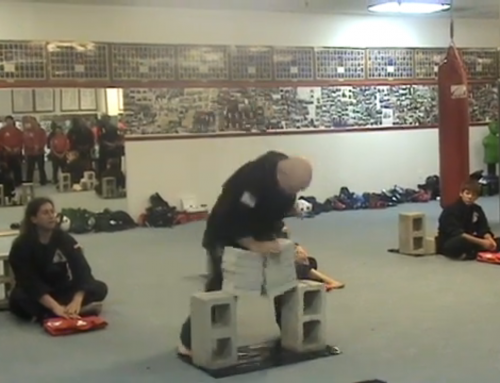All too often businesses launch new initiatives that don’t work. When I ask the leaders of these initiatives to see their plans they show me one that has success written all over it. Invariably I say the same thing “the problem with this plan is you planned on success, we need to plan of failure”. I know it seems counter-intuitive but fly with me for a few seconds.
I was in the back seat of a T-2 Buckeye flying a low level navigation training mission. We were on a heading of 335 degrees traveling at 360 knots, 500 feet off the ground. The low level portion of our flight was planned to take a little over 1 hour. I had an exact time on target. We had to make it to that target, which at our altitude was a small, barely discernible landmark, with a margin of error of +/- 10 seconds, all without the benefit of modern flight computers.
I took a fix on our position, our intermediate check point was 1 wing span right of our right-wing tip and we were 30 seconds ahead of schedule. I performed a quick calculation in my head and Immediately told my pilot “We are 30 seconds fast and 1 mile left of course. Winds are 3 knots from 185 set heading to 005 and reduce speed to 354 knots to correct”. The math required to perform the calculations is complicated requiring a knowledge of trigonometry and typically requires a calculator to perform with any accuracy, yet I pulled it off in scant seconds. Am I a genius, math wiz, android with a super computing brain?? Heck no. Thanks to the advice I received from one of my flight instructors, I was able to easily pull of this piece of legerdemain. How you ask? Simple by planning my corrections ahead of time, the same type of planning that could save you and your company from being blown of course and having to flail to correct or, worse yet flying into an obstacle.
The secret is anticipating what could go wrong, in this scenario, what could go wrong was simple, winds could be something other than what we planned for. They could move and blow from another direction or they could be stronger or weaker than forecast or a combination of the 2. On earlier training flights, I did the complex math in my head while an instructor was screaming at me over the intercom to give him the correction just to add pressure. Although I had passed those flights it wasn’t easy or pleasant. On this flight the corrections just came with little effort and even less stress. All because I had anticipated the problems and boiled them down to a couple of simple steps. In other words, I did the hard work the night before while sitting in the comfort of my apartment.

True Business Leaders Plan Properly
Frequently business leaders make a plan to launch a new product or service, start a new sales initiative or change operations and only anticipate how this will benefit their company. True leadership anticipates what can go wrong and how to mitigate it. When planning anything do the following:
- List everything that could go wrong, regardless of how remote the possibility
- For each item determine if there are any steps you can take ahead of time to prevent that scenario and add those steps to the plan
- For each remaining items (the ones you can’t prevent), ask yourself how you can correct the problem should it occur, what resources you might need, where you will get them. Who will be responsible for mitigation and how will you cover that person’s normal duties while they are distracted or are you ok with those normal tasks being deferred or not performed at all?
- Finally develop go/no go criteria. At what point will you abandon the new project initiative as well as if there is a point of no return. The place where, once passed, you are fully committed to the project/initiative and have no choice but to persevere and see it through to fruition
By planning for your potential problems, you will find that should they occur, not only are they not as big as they would otherwise seem but your stress level will be less because you have already anticipated and planned a response.










